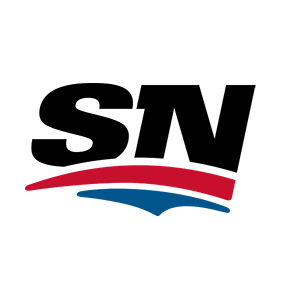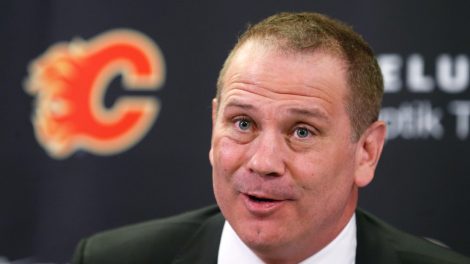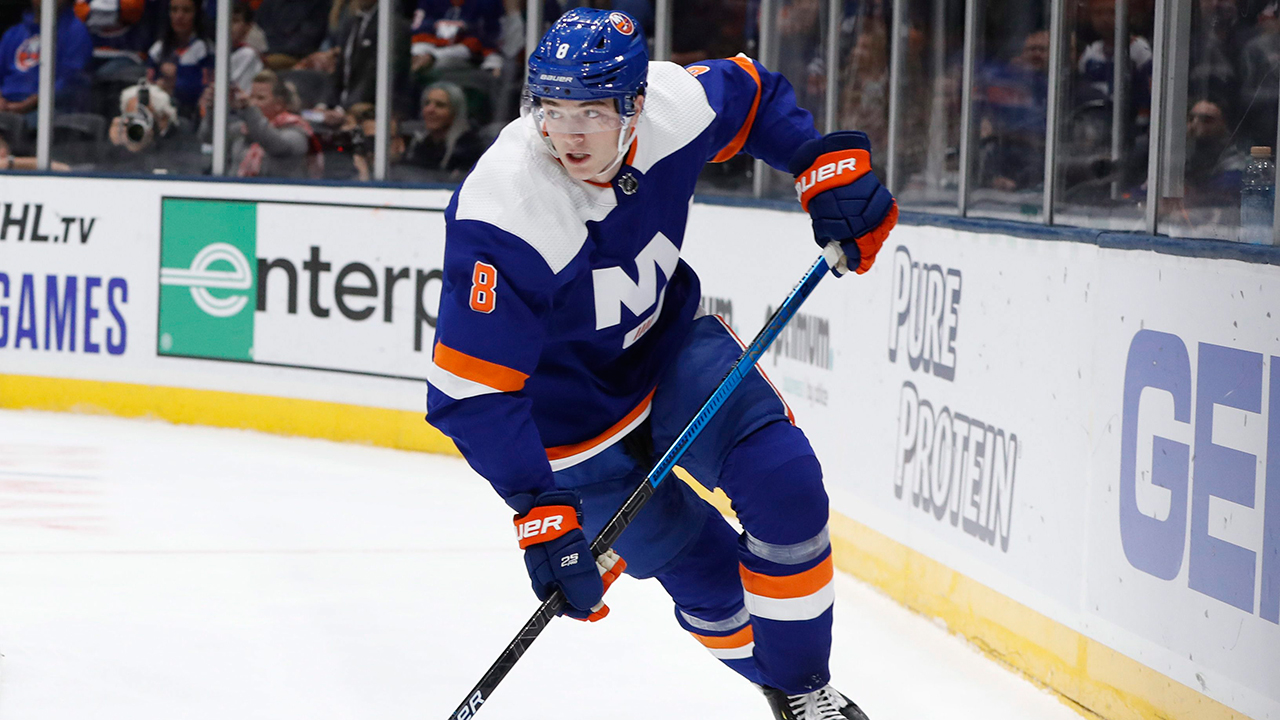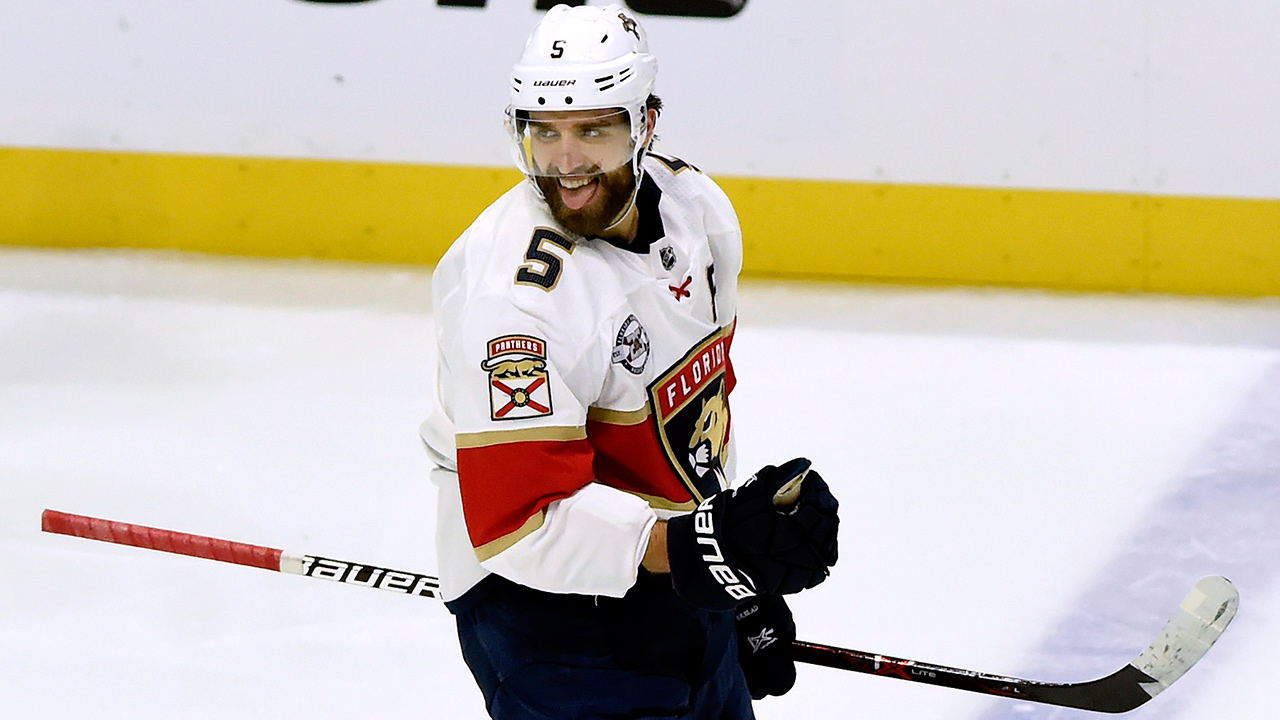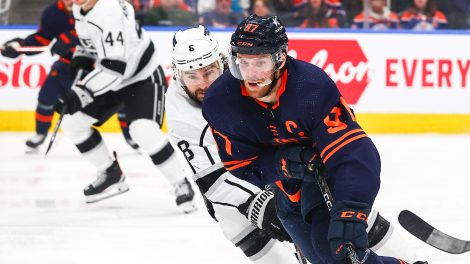The NHL and NHLPA have tentatively agreed on protocols to resume play, Sportsnet can confirm. The two sides continue to negotiate an extension to the collective bargaining agreement.
Once a CBA extension is agreed upon, the NHL’s board of governors and the full membership of the NHLPA will vote on both the extension and the return-to-play protocols that were agreed to on Sunday.
The newly agreed-upon protocols cover Phase 3 and 4 of the NHL’s return-to-play plan. According to Sportsnet’s Elliotte Friedman, this includes a framework for how the return-to-play would be called off if the COVID-19 virus cannot be contained.
Similar wording exists for Phase 4
— Elliotte Friedman (@FriedgeHNIC) July 6, 2020
If games do happen, players will have a choice whether to participate. According to Sportsnet’s Chris Johnston, the return-to-play protocols include an opt-out clause for any player that does not want to resume play this season without penalty. He adds that coaches will not be required to wear face coverings on the bench during games and no dress code will be imposed upon players on game days.
NHL teams will have no dress code in effect during Phase 4.
Finally, @ShawnMcKenzieSN gets his wish and he won't be able to see what threads players choose when not required to wear a suit to games.
— Chris Johnston (@reporterchris) July 6, 2020
Some players may not have a choice over whether they can return. Friedman reports that all players will undergo “a Pre-Participation Medical Examination” where the doctor administering the exam and the team’s infectious disease expert may determine a player is unfit to return to play due to the “substantial risk of developing a serious illness” from COVID-19. If that occurs, that player may seek a second opinion to determine if it’s safe for them to play.
In the event a Player is diagnosed with a confirmed positive finding for COVID-19 (or has a resulting and/or related illness)…the Player shall be deemed to have sustained an illness arising out of the course of his employment as a hockey player for such period as he may…(1/3)
— Elliotte Friedman (@FriedgeHNIC) July 6, 2020
Once players are in the hub city bubbles, there will be strict enforcement of the boundaries.
“Individuals leaving… without permission may be subject to consequences up to and including removal,” Friedman reports the agreement as saying, adding “violations… will result in, for clubs, significant penalties, potentially including fines and/or loss of draft choices.”
In May, the NHL and NHLPA agreed to a framework for what return to play would look like and the two sides have been negotiating finer details ever since. The return-to-play format will see 24 teams return to the ice in two hub cities, each hosting one conference. The top four teams in each conference by points percentage at the time of the season pause in March will play each other to determine playoff seeding. The next eight teams in each conference have been paired up based on points percentage and will play best-of-five series to determine the other playoff spots.
The NHL initially was considering 10 cities to be hubs for these games, with Edmonton and Toronto expected to be chosen.
The NHL’s return plan has been broken down into four stages. Phase 1 began shortly after the season was suspended and saw all team facilities closed and players allowed to return home. Phase 2 began June 8 and is ongoing, with players allowed to return to team facilities to skate in small groups after testing negative for COVID-19. According to the NHL, from June 8 to 29, more than 250 players were tested under Phase 2 protocols and 15 tested positive. Additionally, 11 players tested positive outside of Phase 2 protocols in that same time period.
Phase 3 of the return plan would cover training camps for the returning teams and eventual travel to the hub cities while Phase 4 would cover playing games. Specific dates for the beginning of these phases won’t be determined until the CBA negotiation is complete and the board of governors and NHLPA membership approve the plans and CBA in a vote.
With files from The Associated Press
[relatedlinks]

